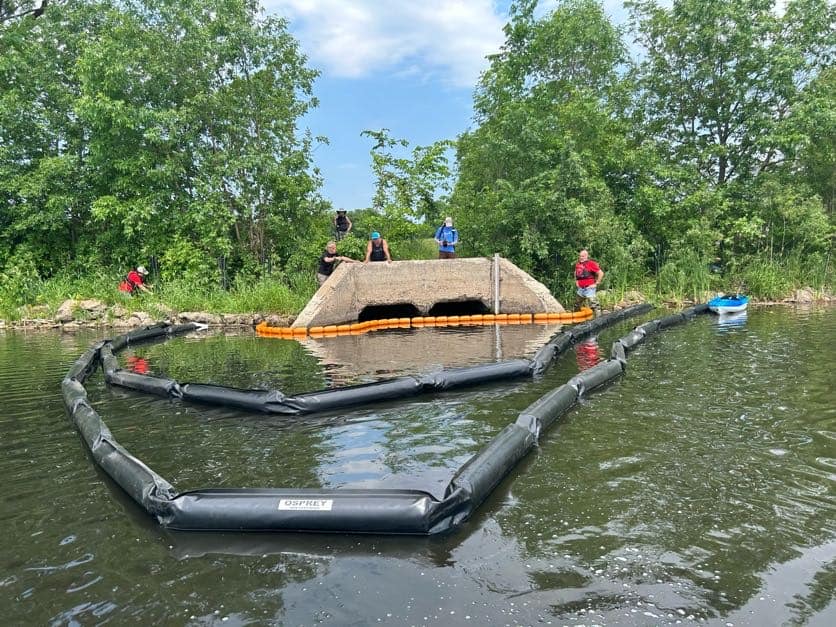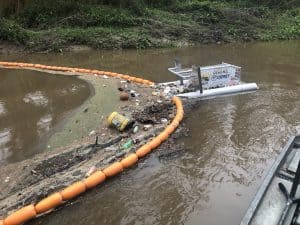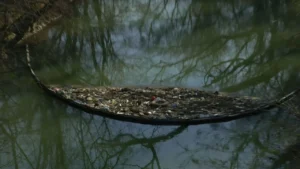MINNEAPOLIS — While there’s no denying the beauty of Lake Hiawatha, there’s also no denying that its got a problem with trash.
“Pen caps, bottles, plastic bags floating in the water. Anything you can think of that’s plastic or can float that you might throw away is out there,” said Tyler Pederson with the Minneapolis Park Board.
Pederson says the way Lake Hiawatha is positioned means any time it rains, trash from throughout the city all ends up passing through one of its drains, eventually making its way to shore, where volunteers have picked up 11,000 pounds of trash in just the last few years.
Alabama-based Osprey Initiative installed a trash boom system in the lake Saturday morning — the first of its kind in the state. It’s part of a pilot program that could end up spreading to other lakes in the city.
“We wanted to reduce that urban litter, mainly from one source coming into the lake. That’s what our job is,” said Don Bates with Osprey Initiative.
Bates says it ends Saturday, as his company installs what he says is a permanent solution.
“That boom is going to float on the top of the water – it only has about a six-inch curtain. We don’t want to impact the free movement of wildlife under it. We also don’t want to catch a lot of water,” Bates said.
Bates says it will eventually prevent trash from making it to the shore for years to come.
“We think this is a very engaged community that cares about their water. So very typically projects like this only grow,” Bates said.
Osprey has contracted local employees who will be responsible to empty and maintain the boom.
The city says it’s grateful for the Freshwater Society and River Network for their role in making the project a reality.
This story originally appeared on WCCO CBS News Minnesota by Adam Duxter. You can read the original story online here.




